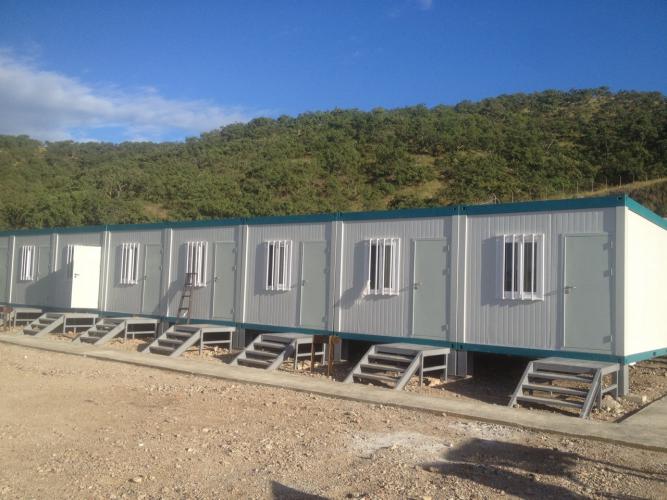The demand for additional classroom space continues to grow globally, driven by increasing student enrollment, the need for specialized learning facilities, and the urgency of post-disaster educational recovery. Traditional brick-and-mortar construction, while durable, often requires lengthy timelines, substantial labor costs, and significant capital investment. Modular classrooms present a compelling alternative that addresses these challenges while delivering long-term value to educational institutions. Understanding the cost dynamics of modular classroom solutions is essential for schools, governments, and educational planners seeking efficient, scalable infrastructure.
What Are Modular Classrooms?
Modular classrooms are prefabricated, standardized classroom units manufactured in factory-controlled environments and assembled on-site. Unlike traditional construction, where buildings are constructed piece-by-piece at the project location, modular classrooms are designed, fabricated, and quality-checked in factories before being transported and installed. These units can function independently or be combined horizontally and vertically to create multi-classroom complexes, dormitories, specialized learning spaces, and administrative facilities.
Chengdong Modular House, a leading global provider with over two decades of experience, specializes in designing and manufacturing modular classroom solutions that meet international safety and quality standards. Chengdong's modular systems utilize precision-engineered steel frames and durable composite panels, engineered to perform reliably in diverse climates—from tropical coastal environments to extreme cold and desert conditions.
The Cost Structure of Modular Classrooms
Modular classroom costs vary significantly based on several key factors, and understanding these dynamics helps institutions make informed purchasing or leasing decisions.
Pricing Models and Cost Ranges
Purchase Costs: For modular classrooms, purchase prices typically range from $475 to $525 per square foot when including the structure, site preparation, delivery, and installation. For a standard single classroom measuring approximately 750 square feet, this translates to a total investment of roughly $356,000 to $394,000. Larger complexes and multi-classroom buildings often benefit from economies of scale, reducing the per-square-foot cost.
Lease and Rental Options: Schools seeking temporary or short-term solutions can opt for leasing arrangements, which typically start at $275 to $300 per square foot annually, or approximately $1,000 to $5,000 per month depending on unit size and customization. A six-month rental period with moderate features generally costs between $20,000 to $50,000, while a three-year lease averages $60,000 to $150,000, excluding additional maintenance and utilities.
Base Costs by Size:
| Classroom Size | Area (sq ft) | Purchase Cost (new) | Monthly Rental Cost |
| 24' x 40' | 960 | $70,000 - $130,000 | $900 - $1,800 |
| 24' x 60' | 1,440 | $140,000 - $175,000 | $1,600 - $2,600 |
| 28' x 70' | 1,960 | $190,000 - $220,000 | $2,200 - $3,500 |
Additional Cost Factors
Customization and Features: Upgrades such as high-quality insulation, advanced HVAC systems, built-in storage, and specialized teaching facilities can add $10,000 to $50,000 to the base price. Schools requiring science labs or specialty rooms should expect costs starting at $150 per square foot and potentially higher, depending on the complexity of plumbing, ventilation, and electrical systems.
Site Preparation and Delivery: These services typically cost between $5,000 to $20,000, depending on distance and site complexity. This represents approximately a 60/40 split between building costs and site-related expenses in the overall project budget.
Ongoing Maintenance: Annual maintenance costs average 2-4% of the initial purchase price, covering painting, HVAC maintenance, and minor repairs. Utility costs vary by region but typically range from a few hundred dollars per month for electricity, heating, and cooling.
Cost Comparison: Modular vs. Traditional Construction
One of the most significant advantages of modular classrooms is their cost predictability compared to traditional construction methods. While modular buildings are not always the absolute cheapest option upfront, they dramatically reduce the likelihood of cost overruns and project delays.
Speed and Labor Efficiency: Modular construction reduces build times by 30-50% compared to traditional methods, translating to significant labor cost savings. Traditional construction can extend over 8 to 18 months, while modular classrooms are typically ready in 1 to 3 months. This accelerated timeline reduces financing costs and allows schools to achieve occupancy much sooner.
Weather and Waste Reduction: Since the majority of construction occurs in controlled factory settings, weather-related delays are virtually eliminated. Factory production also minimizes material waste through precision cutting and bulk purchasing, further reducing costs.
Long-Term Value: Energy-efficient modular classrooms, equipped with superior insulation and programmable HVAC systems, can reduce utility costs by up to 38% annually compared to traditional buildings. Over a 25-year building lifespan, these operational savings can exceed the initial construction cost difference.
Why Choose Modular Classrooms for Educational Infrastructure?
Beyond cost considerations, modular classrooms offer distinct advantages that justify their investment:
Rapid Deployment: For schools facing urgent space shortages or needing immediate solutions following natural disasters, modular classrooms can be deployed in weeks rather than months or years. This capability is particularly valuable in developing nations and post-emergency contexts.
Flexibility and Scalability: Educational needs evolve. Modular designs allow schools to easily expand by adding additional units or reconfigure existing spaces without major structural renovations. This adaptability accommodates fluctuating enrollment and emerging educational requirements, such as STEM laboratories or multipurpose facilities.
Quality and Consistency: Factory-controlled production ensures adherence to stringent quality standards and building codes. Modules are inspected against comprehensive checklists before leaving the factory, resulting in consistent quality across all units.
Safety and Durability: Chengdong's modular classrooms feature hot-dip galvanized steel frames engineered for corrosion resistance and longevity. The construction is designed to withstand extreme weather conditions, including typhoons (Category 12), earthquakes, and humid coastal environments. Fire-resistant materials and safety features meet international standards, including CE certification.
Minimal Disruption: Since construction occurs primarily off-site, on-site disruption is minimized—a critical consideration for operational schools. This approach maintains academic continuity while facilities expand or renovate.
Environmental Sustainability: Modular construction significantly reduces waste, utilizes energy-efficient materials, and enables building reuse or material recycling at end-of-life. The carbon footprint is substantially lower than traditional construction methods.
Real-World Applications: Chengdong's Educational Success Stories
Antilles Primary School, Curaçao (Phase II): Chengdong's successful first-phase installation of modular classroom units at this Caribbean primary school led to a second-phase expansion to accommodate growing enrollment. The client specifically requested yellow-painted steel structures to create a vibrant learning environment. After Phase I operation, Chengdong's technical team redesigned the joint details to enhance child safety, demonstrating a commitment to continuous improvement and client satisfaction.
Ethiopian Railway Training Complex: Chengdong delivered 37,758 square meters of modular buildings—95% factory-completed—for an educational and training facility supporting railway expansion. The project was completed on aggressive timelines, enabling immediate operational deployment.
Multi-Country School Expansions: Across Africa, Southeast Asia, the Middle East, and the Americas, Chengdong's modular classroom solutions have expanded educational capacity in over 100 countries.
Making the Right Decision: Lease, Purchase, or Finance?
Educational institutions must evaluate their specific needs when considering modular classrooms:
Temporary Solutions (1-3 years): Leasing or short-term rental is ideal for schools undergoing renovations, experiencing temporary overcrowding, or testing modular facility viability. This minimizes upfront capital requirements and maintenance responsibilities.
Long-Term Expansion (5+ years): Purchasing modular units typically becomes cost-effective for long-term needs. Over a decade, purchasing typically yields lower total cost of ownership compared to continuous leasing.
Permanent Infrastructure: Multi-classroom complexes with 25+ year lifespans represent sound long-term investments. Chengdong's modular systems are designed for permanent installation while retaining the option for future reconfiguration or relocation if institutional needs change.
Conclusion: Investing in Educational Infrastructure
Modular classrooms represent a modern, cost-effective solution to the global challenge of educational infrastructure development. With purchase costs ranging from $100,000 to $300,000 for standard units and the potential for substantial long-term operational savings, modular construction aligns with the budget constraints and performance requirements of educational institutions worldwide.
Chengdong Modular House brings decades of international expertise, rigorous quality control, and customizable design capabilities to educational projects. Whether schools require temporary classroom space, permanent campus expansion, or specialized learning facilities, Chengdong's modular solutions deliver reliable, durable, and cost-efficient infrastructure that supports educational excellence for generations to come.
For educational planners evaluating expansion strategies, modular classrooms merit serious consideration as an investment that balances immediate cost efficiency, long-term operational savings, and the flexibility to adapt as educational needs evolve.



More

More
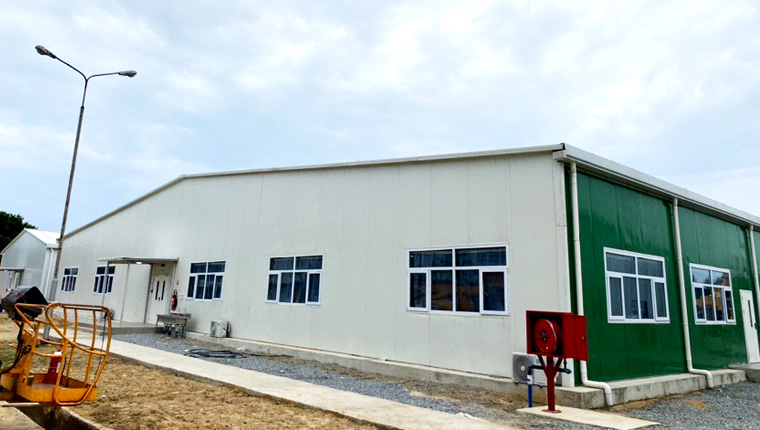
More
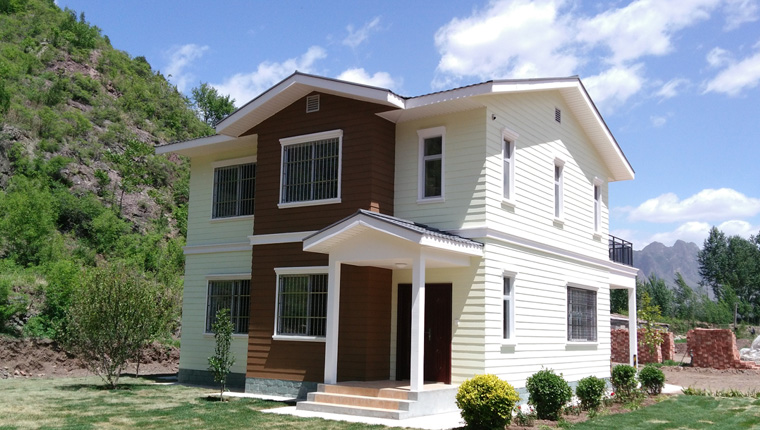
More

More
Learn More


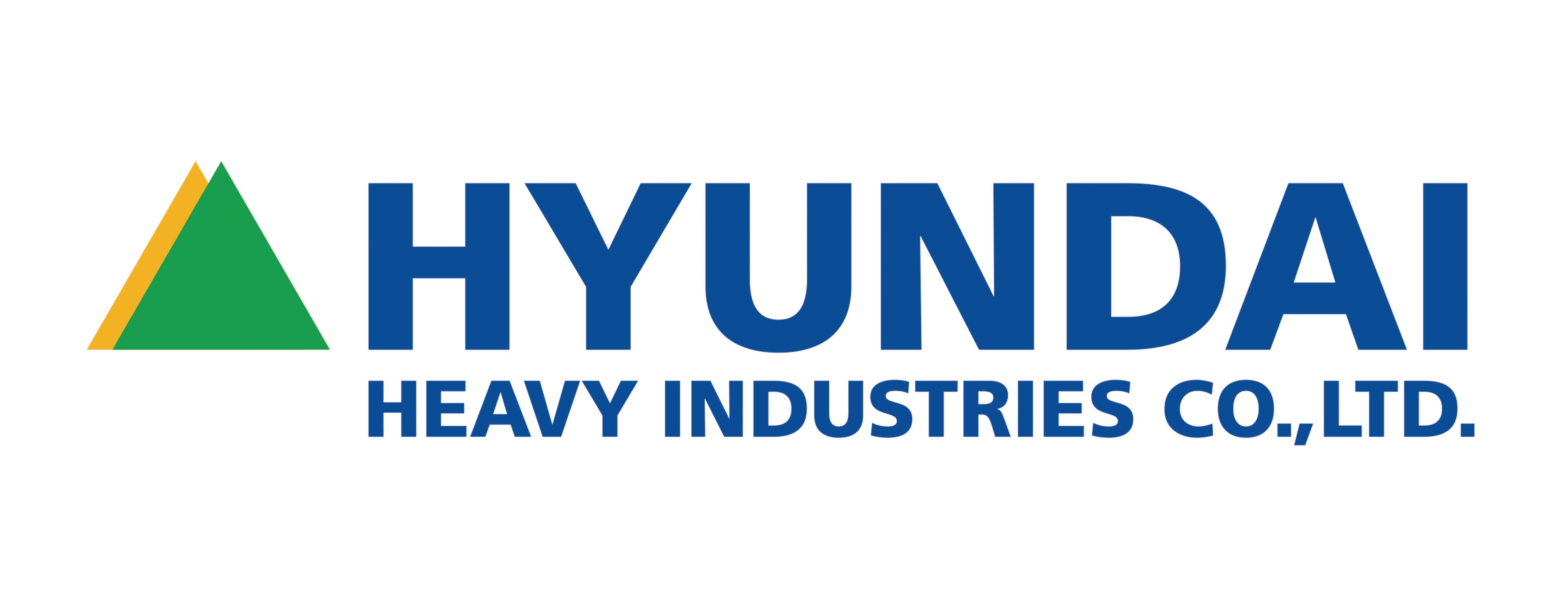
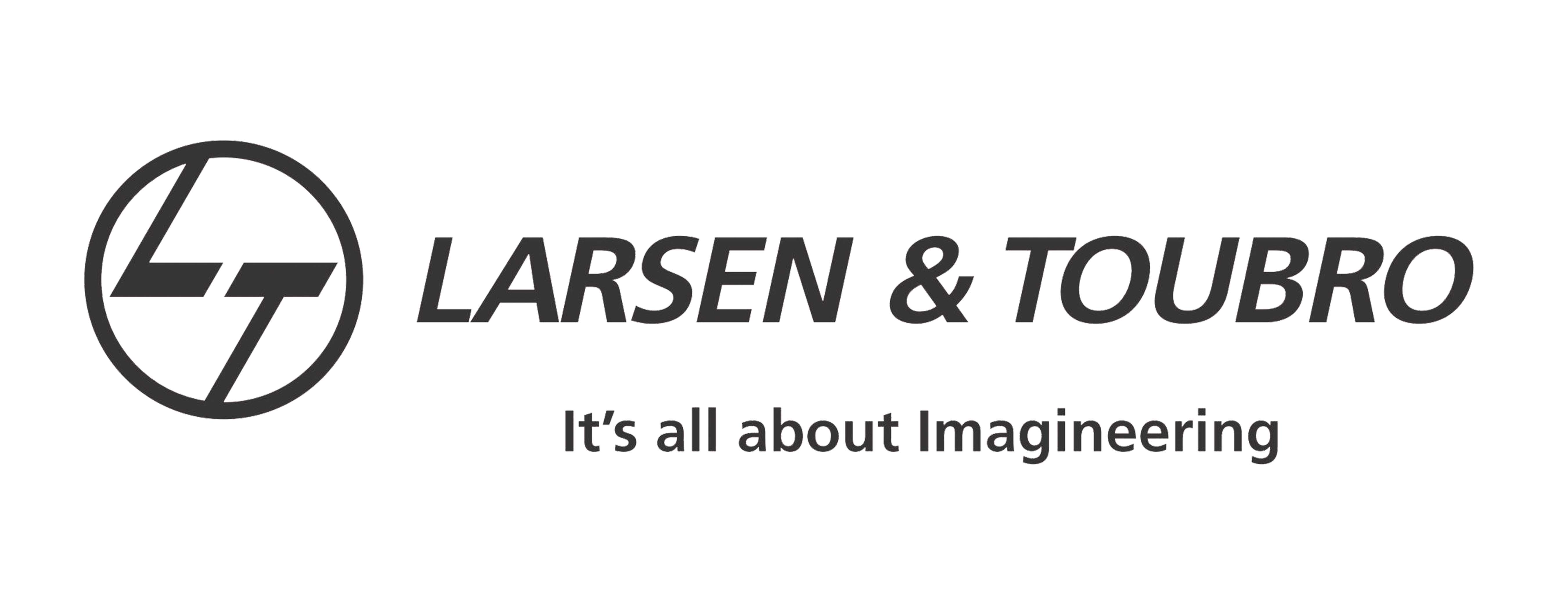





















![Top Advantages of Modular Construction Explained [2025]](/uploads/upload/images/20250424/0fb390068474145a09a8c0504c73b1d2.png)
